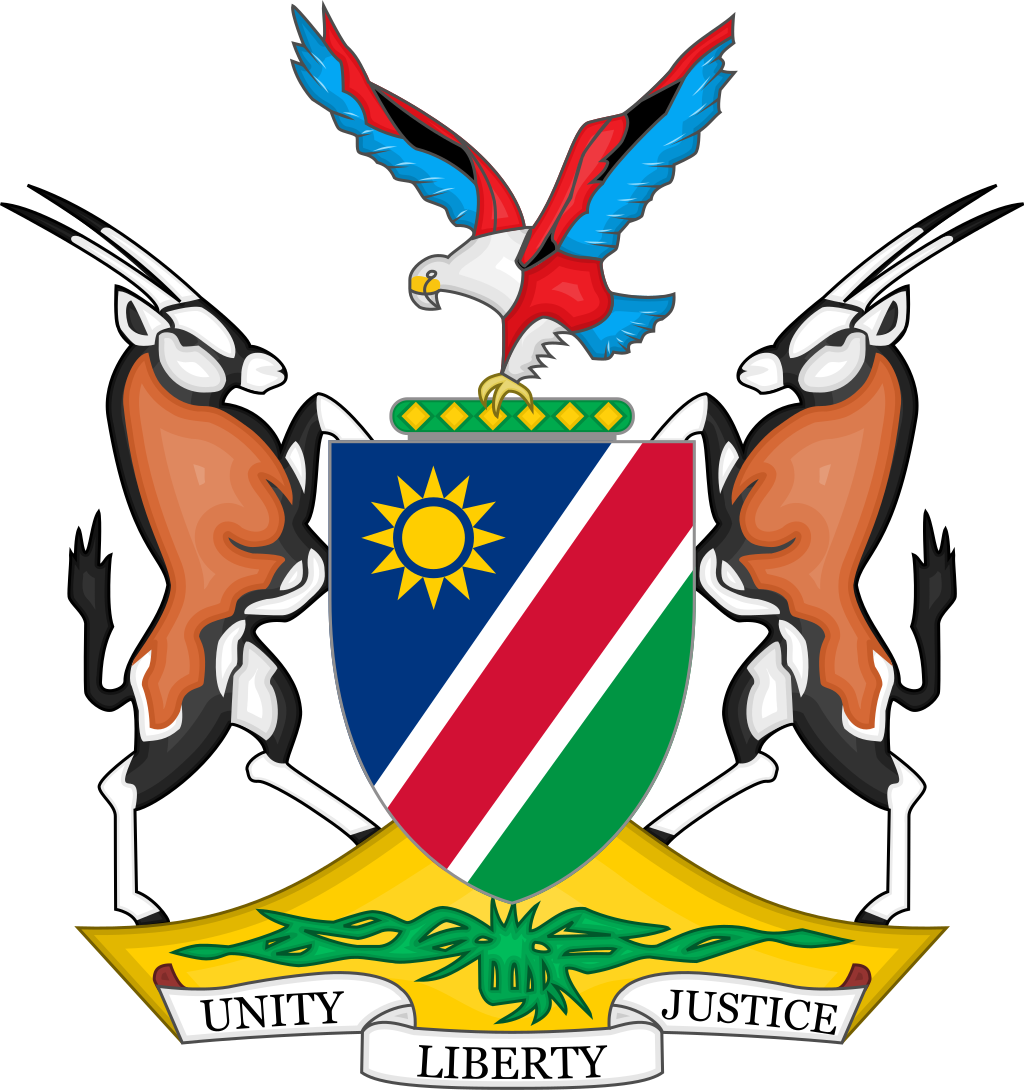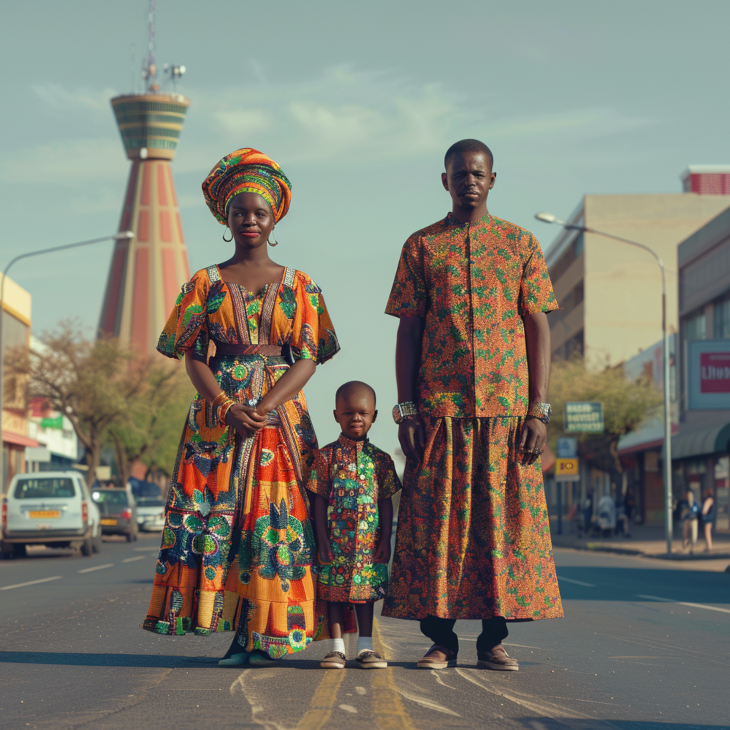About NA

Natural Features
Namibia is known for its diverse landscapes, including the Namib Desert, one of the oldest deserts in the world, and the Kalahari Desert in the east. The country also features stunning coastal areas along the Atlantic Ocean, rugged mountains, savannahs, and semi-arid plains.Wildlife
Namibia is home to a rich variety of wildlife, including iconic species such as lions, elephants, rhinos, giraffes, and many others. Wildlife conservation efforts are ongoing to protect and preserve these species and their habitats.
Culture
Namibia is culturally diverse, with various ethnic groups each contributing to the country's rich cultural heritage. Traditional music, dance, art, and festivals play significant roles in Namibian culture, along with contemporary artistic expressions.Challenges
Namibia faces challenges such as income inequality, unemployment, environmental concerns like desertification, and wildlife conservation. Efforts are being made to address these challenges while promoting sustainable development and social progress.
Tourism
Namibia's unique landscapes, wildlife, and cultural heritage make it a popular tourist destination. Activities such as safari tours, desert adventures, and cultural experiences attract visitors from around the world, contributing to the country's economy.Infrastructure
Namibia has a developing infrastructure, with ongoing investments in transportation, communication, energy, and water supply to support economic growth and improve living standards for its population.

National Items of Namibia
Himba People
The Himba people are known for their traditional lifestyle and distinctive red ochre body paint. They symbolize Namibia's rich cultural heritage, traditional customs, and indigenous knowledge.
Namib Desert
The Namib Desert, one of the oldest deserts in the world, symbolizes the natural beauty, unique landscapes, and ecological diversity of Namibia.
Welwitschia Plant
The Welwitschia plant, endemic to the Namib Desert, symbolizes resilience, longevity, and the unique flora of Namibia.
Oryx
The Oryx, a large antelope species found in Namibia, symbolizes the country's rich wildlife, natural beauty, and conservation efforts.
Fish River Canyon
Fish River Canyon, one of the largest canyons in the world, symbolizes the natural beauty, geological significance, and adventurous spirit of Namibia.
Namibian Gems
Namibia is known for its high-quality gemstones, including diamonds and tourmalines. These gems symbolize the country's natural wealth, economic significance, and artisanal craftsmanship.
Namibian Baskets
Traditional Namibian baskets, woven from natural materials, symbolize rich artisanal heritage, cultural identity, and craftsmanship.
Kapana
Kapana is a popular Namibian street food consisting of grilled meat. It symbolizes the rich culinary heritage and social traditions of Namibia.
Herero Dress
The Herero dress, inspired by Victorian fashion, is a traditional garment worn by Herero women. It symbolizes cultural heritage, identity, and traditional fashion.
Etosha National Park
Etosha National Park is a major conservation area in Namibia. It symbolizes a commitment to biodiversity, natural beauty, and wildlife preservation.
Mahangu
Mahangu (pearl millet) is a staple crop in Namibia. It symbolizes agricultural heritage, sustenance, and traditional farming practices.
San Rock Art
San rock art, created by the San people, symbolizes Namibia's ancient history, cultural heritage, and artistic expression.
Skeleton Coast
The Skeleton Coast, known for its shipwrecks and desolate beauty, symbolizes the unique natural landscapes and historical significance of Namibia.
Kalahari Desert
The Kalahari Desert, which extends into Namibia, symbolizes the vast arid landscapes, ecological diversity, and the traditional lifestyle of the indigenous people.
Namibian Beer
Namibian beer, particularly Windhoek Lager, symbolizes modern cultural practices and the local brewing industry.
Twyfelfontein
Twyfelfontein is a UNESCO World Heritage site known for its ancient rock engravings. It symbolizes historical significance, cultural heritage, and artistic expression.
Namibian Ostrich
The ostrich is a notable bird in Namibia, symbolizing the rich avian biodiversity and natural beauty of the country.
Namibian Leatherwork
Traditional Namibian leatherwork, used for creating garments and accessories, symbolizes rich artisanal heritage, cultural identity, and craftsmanship.
Brandberg Mountain
Brandberg Mountain, the highest peak in Namibia, symbolizes natural beauty, geological significance, and adventurous spirit.
Namibian Desert Elephants
Desert-adapted elephants in Namibia symbolize the country's unique wildlife, conservation efforts, and ecological diversity.

An example of a hymn in Oshiwambo, one of the indigenous languages spoken in Namibia, along with its English translation:
1. Utoni twa kala kutya,
Utoni ndyoka lyo taalela,
Aa toni twa kala kutya,
Onatangwa woka kala na.
2. Eno aholwala Ongwe,
Akwe aholwala mpaka,
Aa kwe ni aholwala,
Amuthama oya ka pa ni.
3. Aakwe ni angendje u mupya,
Akwe ni angendje muhulu,
Aa kwe ni angendje,
Amuthama oya ka pa ni.
1. We have heard it being said,
We have heard the snake is the one that talks,
Yes, we have heard it being said,
The one who creates is the one who owns.
2. This is what is told to us by Ongwe,
This is what is told to us by Him who owns everything,
Yes, this is what is told to us,
The Creator who is above us.
3. He who has no beginning and no end,
He who is the biggest of all,
Yes, He who has no beginning,
The Creator who is above us.


